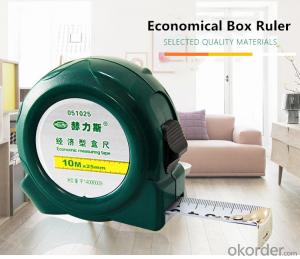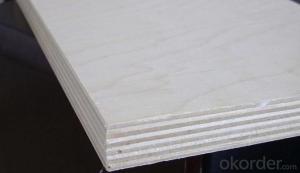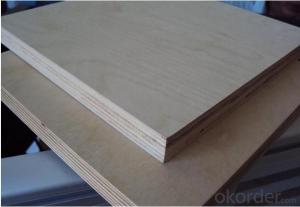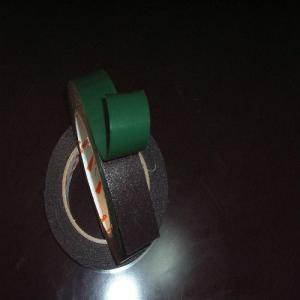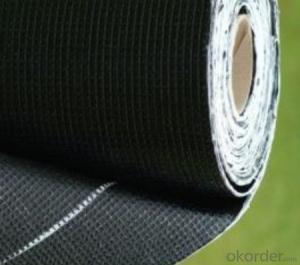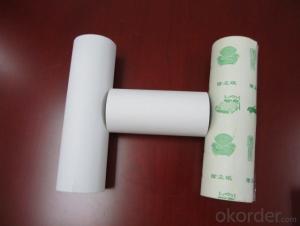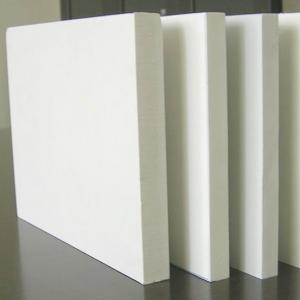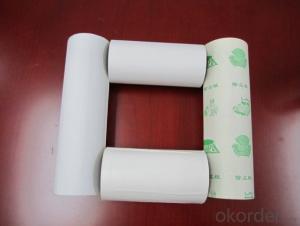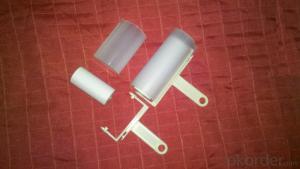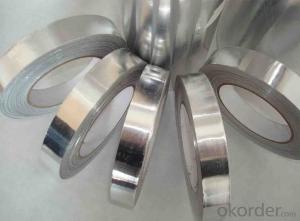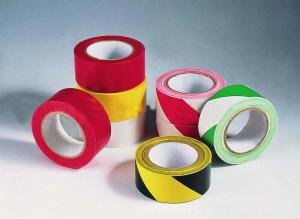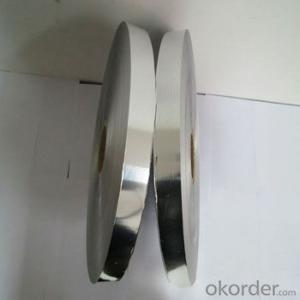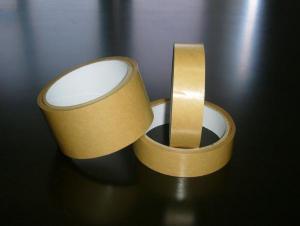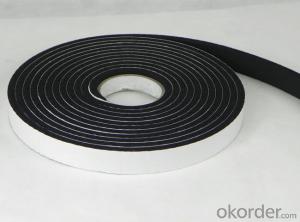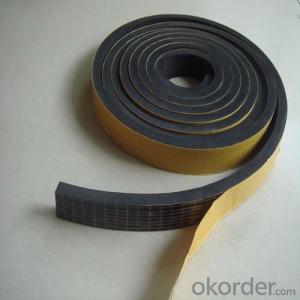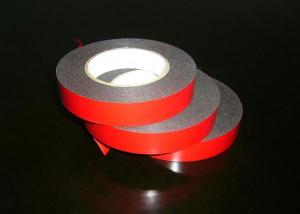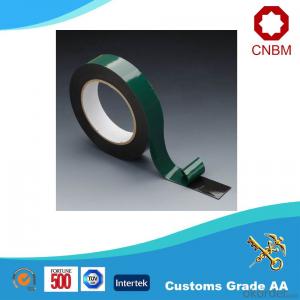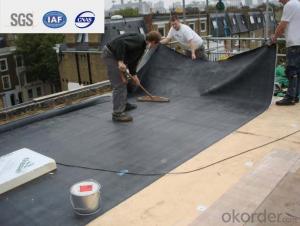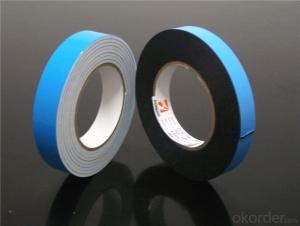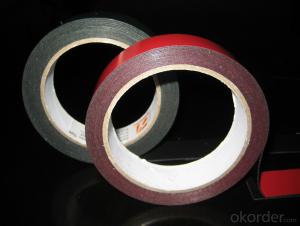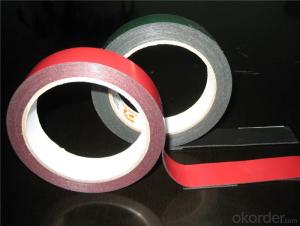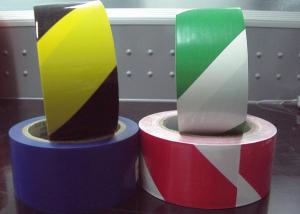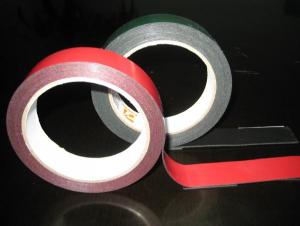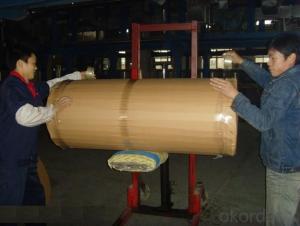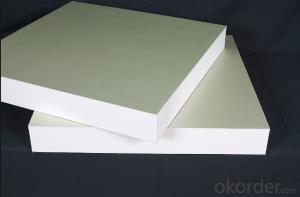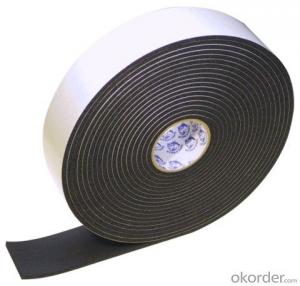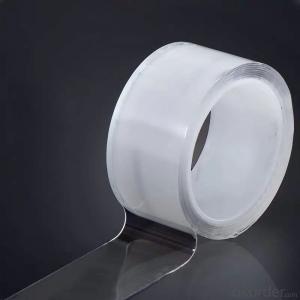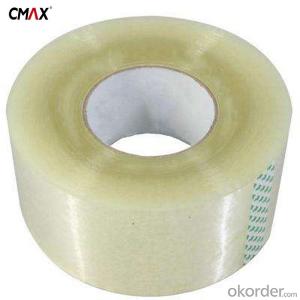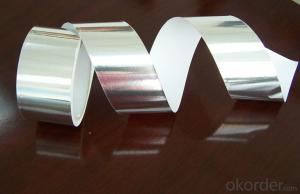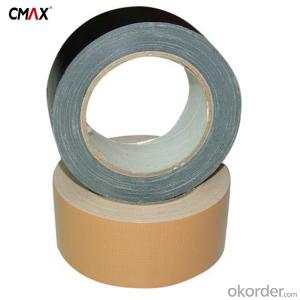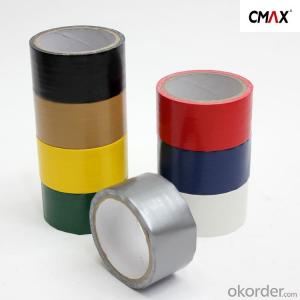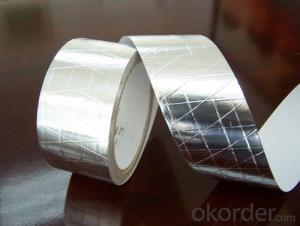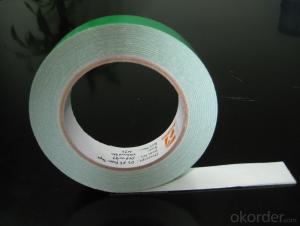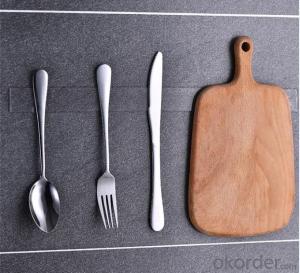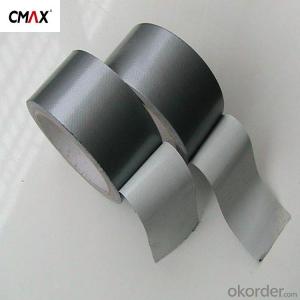Sticky Back Foam Tape
Sticky Back Foam Tape Related Searches
Led For Cannabis Growing Marketplace For Construction Materials Kst Values For Common Dusts Bedside Table With Light Light Fixture With Chain Plastic Storage Tubes With Caps Ge Dehumidifier With Pump Gas Furnace With Ac Teal Accent Chair With Arms Nightstand Lamp With UsbHot Searches
Cheap High Tea Sets For Sale Portable Led Signs For Sale Stone Hot Water Bottles For Sale Large Led Screens For Sale H4 Led Headlight Bulbs For Sale Air Pump For Aquarium Price Inverter Size For Solar System Solar Thermal Collectors For Sale Used Finger Joint Machine For Sale Used Foam Board Insulation For Sale Aluminum Dock Plate For Sale Aluminum Plate For Sale Near Me Solar Chips For Sale Solar Controllers For Sale Pipe Staging For Sale Aluminum Stock For Sale Near Me 6 3 Electrical Wire For Sale Aluminum Towers For Sale 6 3 Wire For Sale Bbq Machine For SaleSticky Back Foam Tape Supplier & Manufacturer from China
Okorder.com is a professional Sticky Back Foam Tape supplier & manufacturer, offers integrated one-stop services including real-time quoting and online cargo tracking. We are funded by CNBM Group, a Fortune 500 enterprise and the largest Sticky Back Foam Tape firm in China.Hot Products
FAQ
- Packaging tape is generally safe for use on plastic hangers, as it is designed to securely hold items together and can adhere well to various surfaces, including plastic. However, it is important to take into account the type of plastic hanger and its intended purpose. While packaging tape may be suitable for temporarily securing clothes on a plastic hanger, it could potentially leave residue or cause damage if left for an extended period. It is recommended to test a small area of the hanger first to ensure that the tape does not cause any harm or leave marks. Moreover, if the plastic hanger is used for displaying or storing delicate or valuable clothing, it might be better to consider gentle alternatives such as fabric-friendly tape or non-adhesive hanger attachments.
- Indeed, when it comes to sealing packages with uneven or irregular surfaces, packaging tape comes in handy. Its design is specifically tailored to stick to diverse surfaces, encompassing those that may lack smoothness or flatness. Thanks to its robust adhesive properties, packaging tape guarantees a secure seal, even on surfaces that may not be entirely even or smooth. Furthermore, the flexibility of packaging tape enables it to mold to the shape of the package, facilitating effective sealing on irregular surfaces. Nonetheless, it is crucial to apply the tape evenly and press it firmly onto the surface to fully exploit its sealing potential.
- Yes, packaging tape is generally safe for use on photos or artwork, but it is not the ideal choice. Packaging tape is designed for securing boxes and packages, and it may not be archival quality, meaning it may not provide long-term protection for photos or artwork. Using packaging tape on photos or artwork can potentially damage the surface or leave residue when removed. It may also yellow or discolor over time, affecting the appearance of the artwork or photo. For preserving the integrity and longevity of photos or artwork, it is recommended to use acid-free archival tape specifically designed for this purpose. Archival tape is made with materials that are safe for use on delicate surfaces, and it is designed to be easily removable without causing any damage. In conclusion, while packaging tape can be used in a pinch, it is advisable to use archival tape to ensure the best protection for your valuable photos or artwork.
- Indeed, packaging tape typically exhibits heat resistance. The composition of most packaging tapes involves materials like polypropylene or acrylic, which possess elevated melting points and can endure extreme temperatures. Thanks to this heat resistance, packaging tape serves diverse purposes, such as sealing boxes and packages that may encounter heat during transportation or storage. Nevertheless, it is crucial to acknowledge that the heat resistance of packaging tape may fluctuate based on the tape's brand and quality. Hence, it is advisable to review the product specifications or seek guidance from the manufacturer to guarantee the tape's appropriateness for the desired utilization and temperature circumstances.
- When using packaging tape on wooden surfaces, there are several considerations to keep in mind. Firstly, it is important to choose the right type of packaging tape for the wooden surface. Opt for a tape that is specifically designed for use on wood or has a gentle adhesive to prevent any potential damage or residue. Avoid using strong adhesive tapes or duct tapes that may leave a sticky residue or even peel off the wood's finish. Secondly, consider the condition of the wooden surface. If the wood is old, fragile, or has cracks, it is advisable to take extra precautions. Applying tape directly to damaged or delicate wood may cause further harm, such as peeling off the varnish or causing splintering. In such cases, it may be better to use alternative methods for securing or protecting the wooden surface. Another consideration is the duration for which the packaging tape will be applied to the wooden surface. If the tape is only going to be used temporarily, it is generally safe to utilize most types of packaging tape. However, if the tape is intended to be left on the wood for an extended period, it is important to choose a tape that is less likely to damage the wood or leave residue when removed. Additionally, be mindful of the climate or environment in which the wooden surface will be situated. Extreme temperatures or humidity can impact the adhesive properties of the tape, potentially causing it to lose its stickiness or even damage the wood. In such cases, it may be necessary to explore alternative methods for securing or protecting the wooden surface. Lastly, always test a small, inconspicuous area of the wooden surface with the packaging tape before applying it extensively. This will allow you to assess any potential damage or residue that may occur and make an informed decision about whether or not to proceed with using the tape on the entire wooden surface. By considering these factors, you can ensure that using packaging tape on wooden surfaces is done safely and without causing any unnecessary damage or issues.
- I'd like to know the specifications of the sealing tape. How do you see it? (the following two examples) product name: sealing tape product type: 2.5 inch product specifications: 57mm*80 code (8.5mm thick) weight: about 0.145KG the price for volume: Specifications: code number 48mm*150 meters *40u flesh 20mm here refers to what? I know that 40U means stickiness, so how do I see that?
- 48mm refers to the width of the tape, 150 meters /80 yards, refers to the length of plastic bags (one yard =0.9144 meters)

